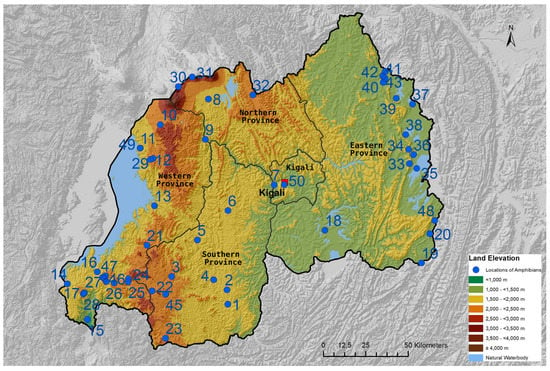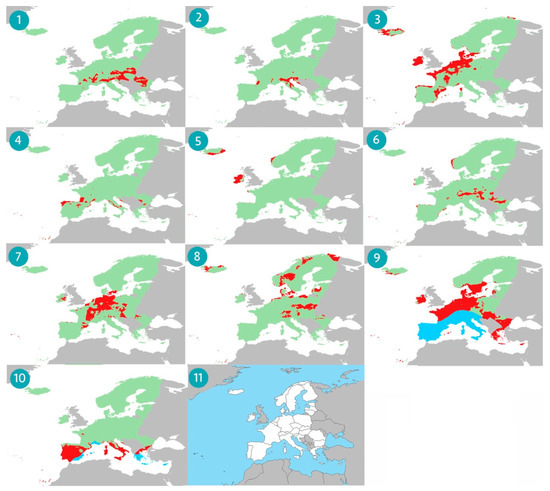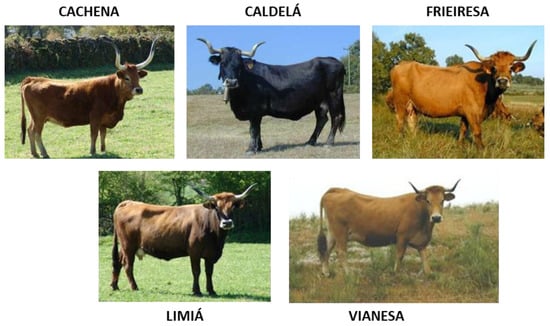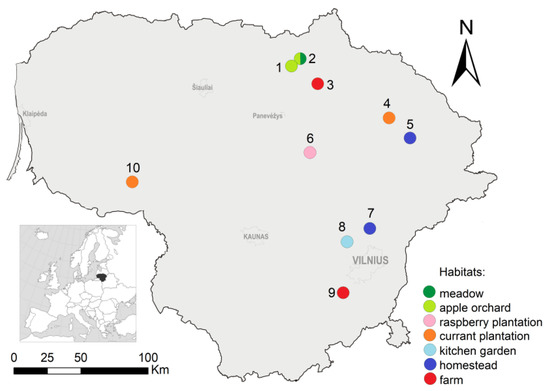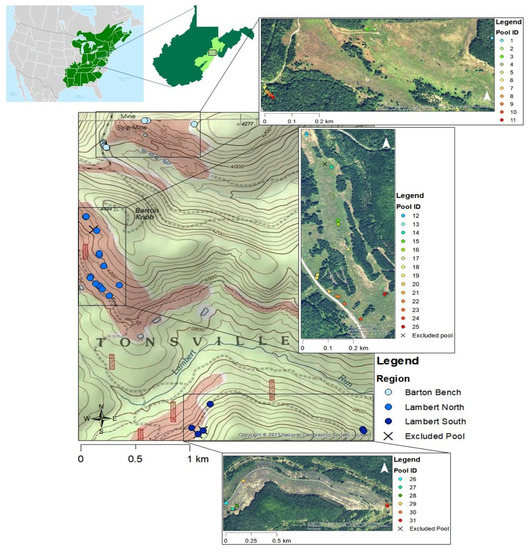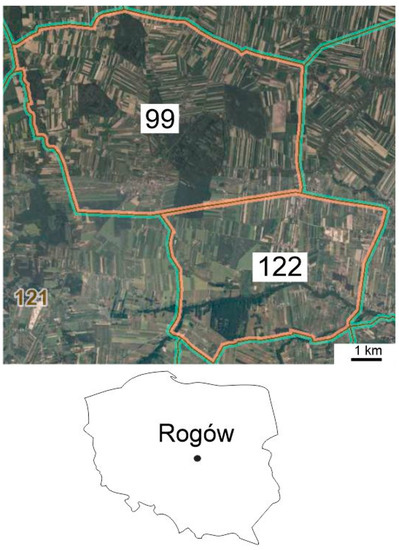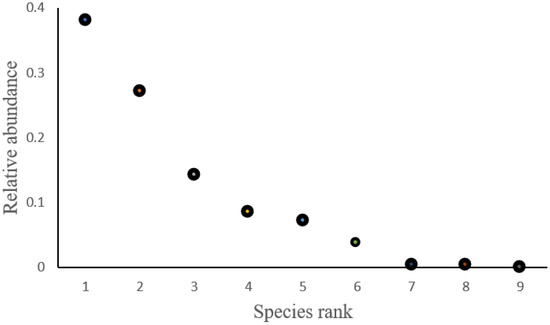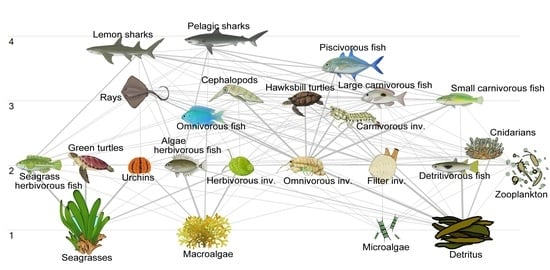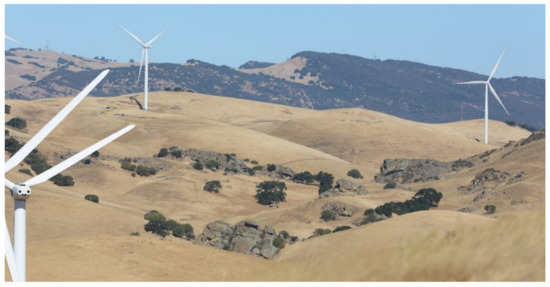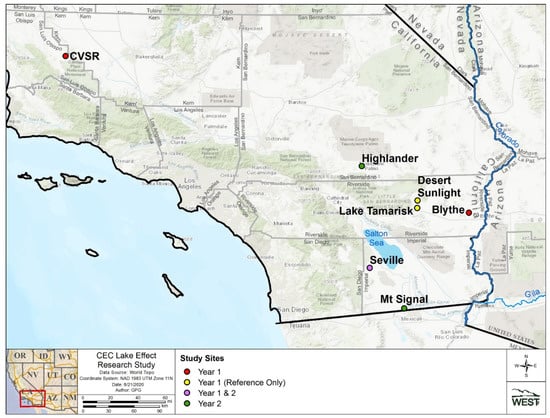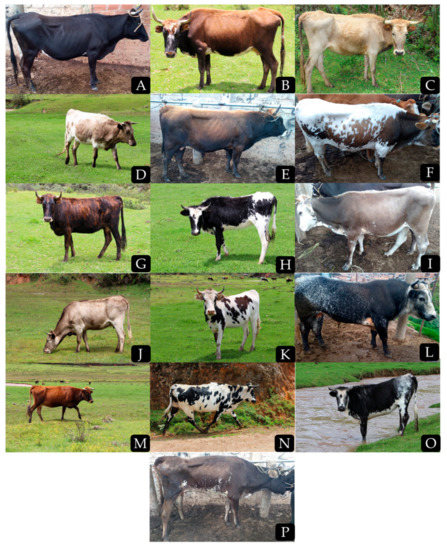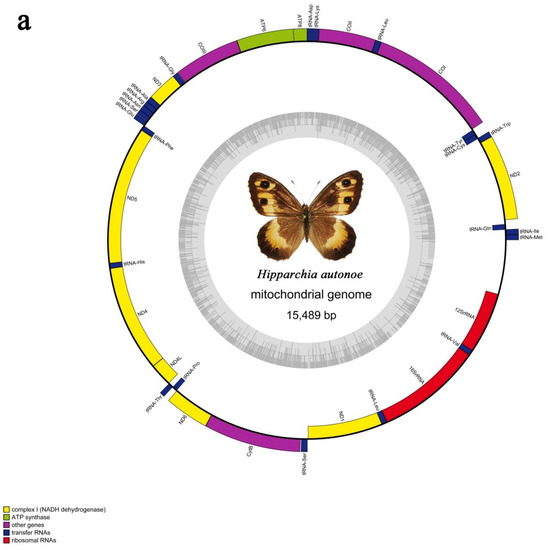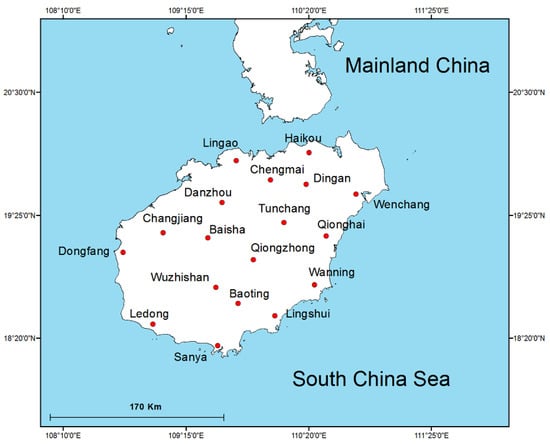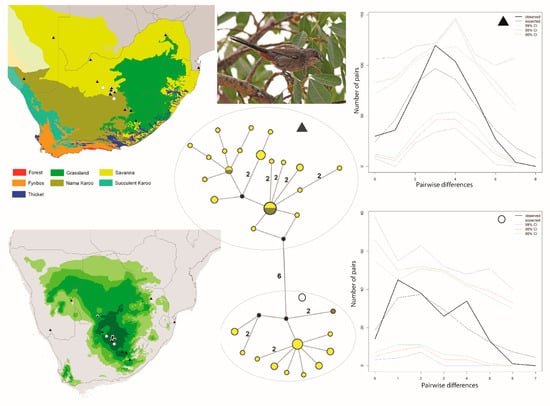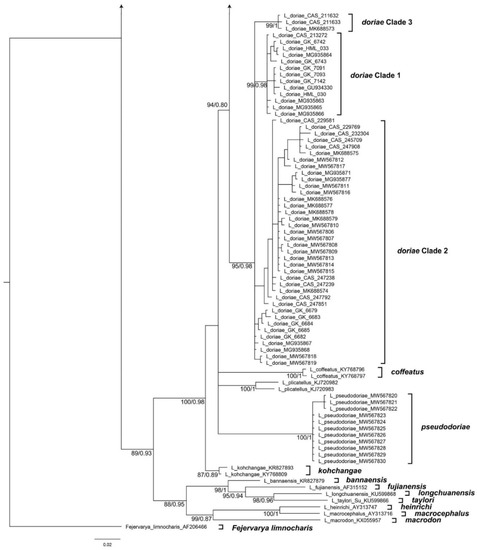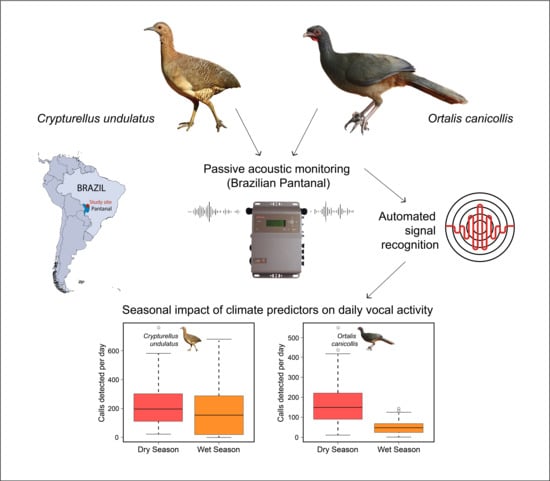Feature Papers in Animal Diversity
A topical collection in Diversity (ISSN 1424-2818). This collection belongs to the section "Animal Diversity".
Viewed by 110640Editor
Interests: molecular evolution; dynamic of communities and populations; plant–insect interactions, ecology; tools: mitochondrial DNA; ISSR; cuticular hydrocarbons; field ecology; model organisms: lepidoptera; diptera; spiders
Special Issues, Collections and Topics in MDPI journals
Topical Collection Information
Dear Colleagues,
As Diversity is a generalist journal, we hereby propose to authors to submit articles outlining the state-of-the-art on some special features concerning animal diversity.
The papers will be presented in the form of articles/reviews that can cover all subdivisions of biodiversity: natural history, evolution, phylogeny, biogeography, conservation, and even revisions of the systematics of related taxa.
They must represent a starting point to further research and be equally accessible to nonbiologists and to specialists in the field.
Dr. Luc Legal
Collection Editor
Manuscript Submission Information
Manuscripts should be submitted online at www.mdpi.com by registering and logging in to this website. Once you are registered, click here to go to the submission form. Manuscripts can be submitted until the deadline. All submissions that pass pre-check are peer-reviewed. Accepted papers will be published continuously in the journal (as soon as accepted) and will be listed together on the collection website. Research articles, review articles as well as short communications are invited. For planned papers, a title and short abstract (about 250 words) can be sent to the Editorial Office for assessment.
Submitted manuscripts should not have been published previously, nor be under consideration for publication elsewhere (except conference proceedings papers). All manuscripts are thoroughly refereed through a single-blind peer-review process. A guide for authors and other relevant information for submission of manuscripts is available on the Instructions for Authors page. Diversity is an international peer-reviewed open access monthly journal published by MDPI.
Please visit the Instructions for Authors page before submitting a manuscript. The Article Processing Charge (APC) for publication in this open access journal is 2100 CHF (Swiss Francs). Submitted papers should be well formatted and use good English. Authors may use MDPI's English editing service prior to publication or during author revisions.














